The TRUTHS Satellite Will Help Provide the Most Accurate Climate Data in History
Projected to launch in 2026, the satellite will become a “standards laboratory in space.”
While it’s not the only climate change denial argument, some attribute our challenges on earth are a result of the sun. This argument is, of course, easily refuted through available data. And while it’s true that every 11 years, the sun’s magnetic fields flip to cause more solar activity (like flares and sunspots) solar cycles are only a small part of climate change.
Humanity has been measuring solar activity since the 17th century. It’s the longest continuously recorded time series of any natural phenomena. Over that time, solar activity has been fairly consistent and predictable. But the average temperature on Earth keeps rising, up about a degree Celsius since the 1950s.
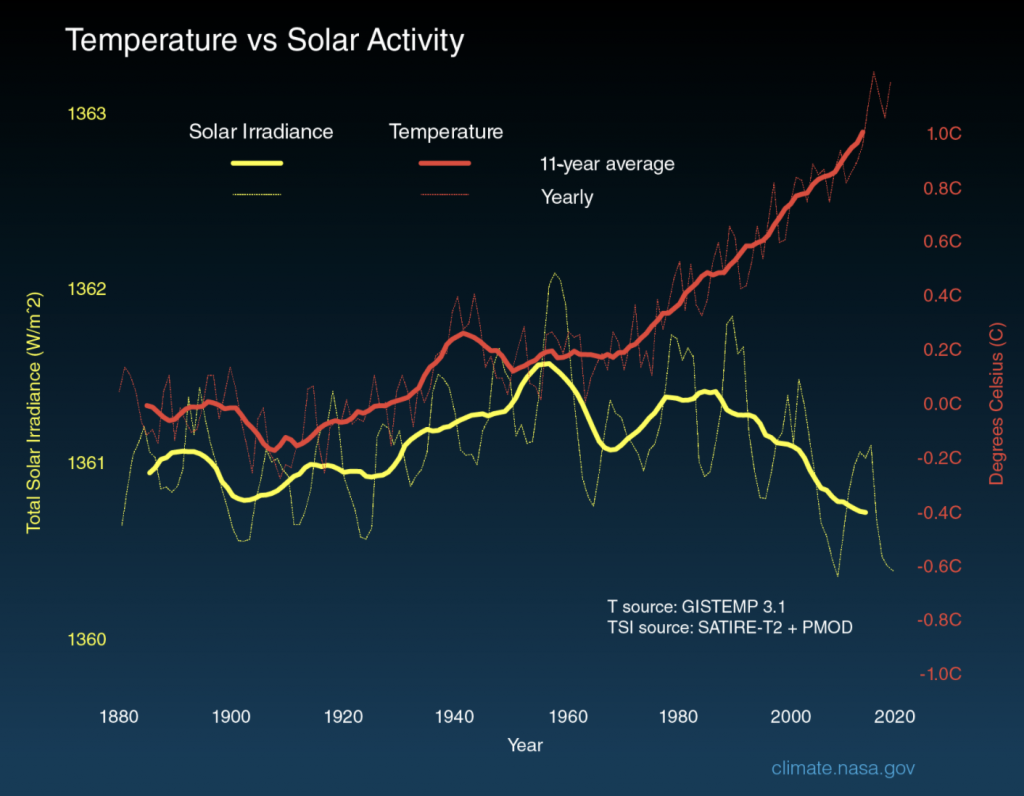
The sun’s role in the Earth’s climate is more complicated than just whether it is or is not currently having a bout of sunspots. For instance, how much of the sun’s light is being reflected back into space? Solar radiance can be reflected by snow cover, sea ice, land use and cloud and aerosol properties of the atmosphere. For instance, when solar radiation hits snow and ice, about 90 percent of it gets reflected back into space. But as the polar ice caps melt and there is less snow and ice during the summer, more solar radiation is absorbed by the Earth, causing it to heat, leading to less snow and ice and so forth. Climate change is the product of a plethora of vicious cycles, getting worse and worse over time.
One problem with studying the role of total solar irradiance (the total amount of solar energy absorbed by the earth, measured in waters per square meter) in climate change is that we do not have very good orbital data or instruments for benchmarking. Basically, we need better data. Ground-based measurements only tell part of the story, but better “top of atmosphere” measurements from space can give us a more holistic and accurate view of how our climate is changing over time.
A satellite project from the European Space Agency, led by the UK Space Agency (UKSA), called TRUTHS (Traceable Radiometry Underpinning Terrestrial- and Helio-Studies) aims to solve that problem.
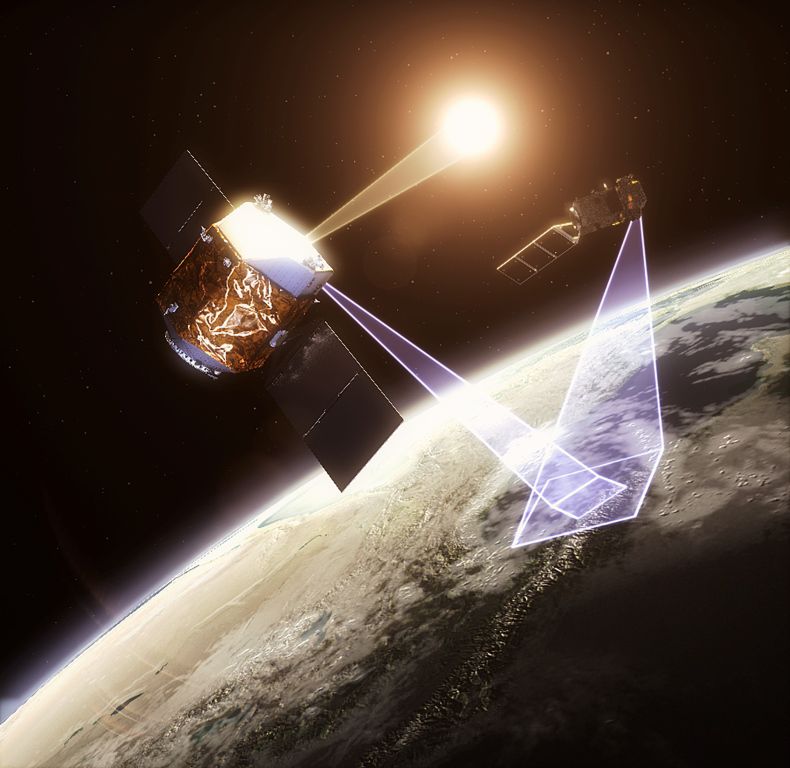
TRUTHS will, for the first time, enable high-accuracy traceability of climate data in accordance with the International System of Units (SI) and allow for the creation of a robust, space-based top of atmosphere climate observation system. Scientists from the National Physical Laboratory (NPL) in the United Kingdom call it a “standards laboratory in space.”
TRUTHS, which aims to launch in 2026, has two primary goals:
- To provide measurements for incoming and outgoing solar radiation between Earth and the sun.
- To act as the primary calibration and benchmarking tool for orbital imaging and observation.
On the first goal, researchers from various institutions, companies and universities in the United Kingdom, including the NPL and Imperial College London, wrote in a paper in 2014 outlining the need for TRUTHS:
“It is essential to continue the long-term, time series of incident total solar irradiance (TSI), and enhance its climate value through improved accuracy, removing the current controversies and uncertainties due to instrumental variations and their linkage into a climate record. The addition of a high accuracy spectrally resolved measurement of solar irradiance, provides the means to link solar variation to climate processes: underpinning studies of atmospheric chemistry and facilitating retrieval of the full range of Earth system products at both top and bottom of atmosphere.”
The entire solar reflective band ranges from <200 nanometers to 5,000 nanometers. But 99.5 percent of the total reflected energy from Earth back to space falls within the range of 300 nanometers to 2,400 nanometers, which covers the range from ultraviolet light, through the visible spectrum, and then through infrared. For TRUTHS to accomplish its mission, it will need a resolution of <1 nanometer below the 400-nanometer range, and a resolution of five to 10 nanometers throughout the visible and short-wave infrared spectrum.
“With spectrometer resolution sensors of unprecedented accuracy, TRUTHS can observe climate-relevant processes related to the atmosphere, the oceans, and the land surface,” researchers from the NPL wrote in a different paper published in 2020. “TRUTHS’ observations will test and advance the development of climate models, allowing more accurate climate change hindcasting and forecasting.”
The other primary goal for the TRUTHS mission will be to become the reference point for all other Earth Observing (EO) projects by providing the benchmark on which they are measured and calibrated against. TRUTHS will accomplish this by measuring a variety of conditions on Earth—and the moon—and providing the reference data as the benchmark for other hyperspectral instruments.
The primary measurement tool for TRUTHS will be a Hyperspectral Imaging Spectrometer (HIS).
“The HIS, through a novel approach, can be used both to image the Earth, measuring its spectral radiance, the Moon, measuring its spectral irradiance, and also to measure incident solar spectral irradiance,” researchers from the NPL wrote in the 2020 paper describing the TRUTHS mission and functionality. “This concept not only minimizes the instrumentation needed, but also allows us to derive top of atmosphere reflectance with the added confidence of exact spectral matching, through use of a common spectrometer. It also has the advantage that solar features can provide additional anchor points for spectral calibration.”
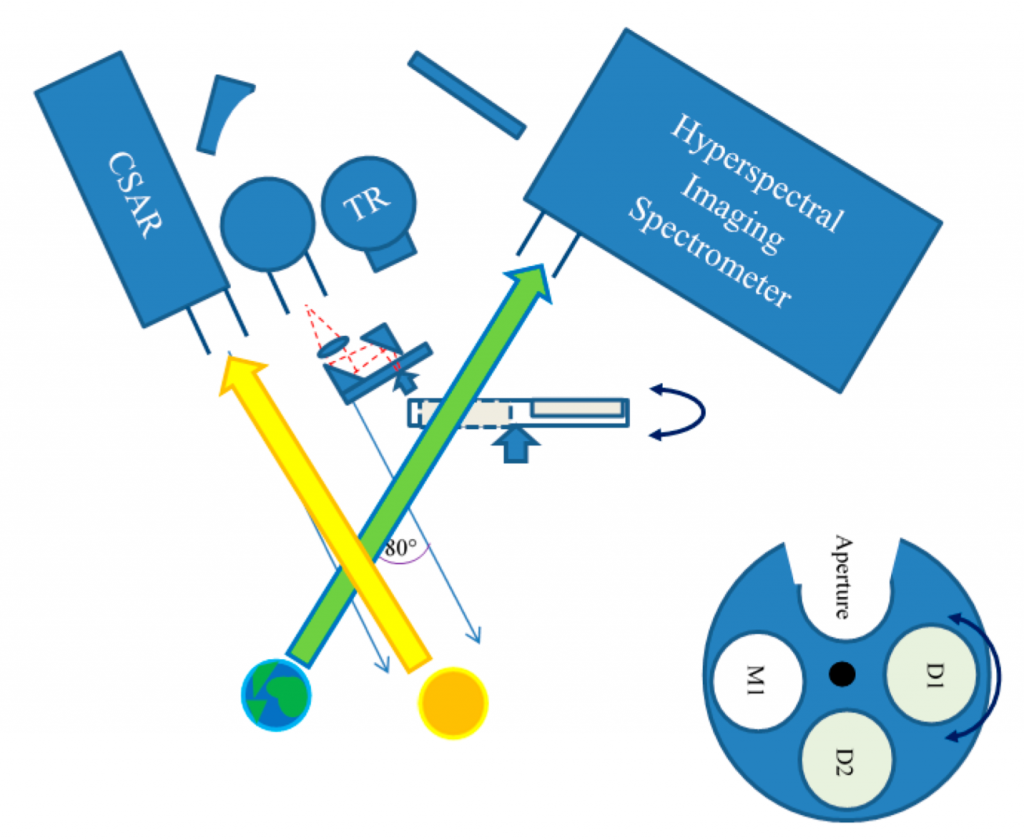
The detection sensors in the HIS on TRUTHS will be provided by Teledyne e2v, based in Chelmsford, UK. The detectors will monitor the solar radiance spectrum through the short-wave infrared sensors.
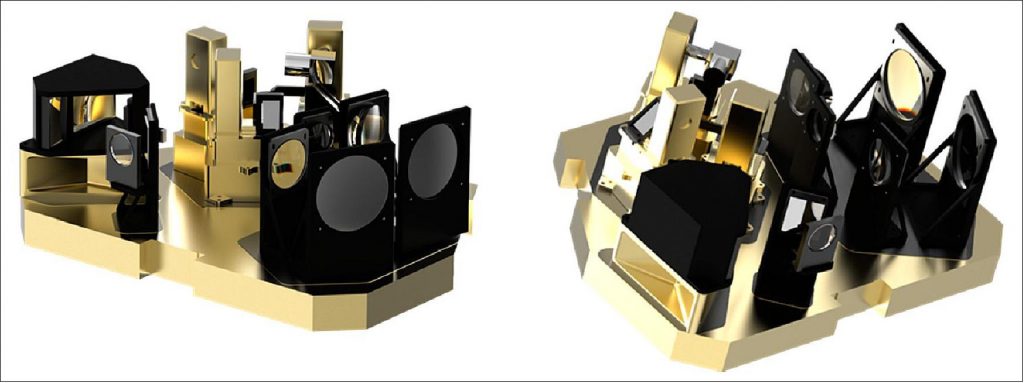
The heart of the TRUTHS calibration system will be an instrument called a cryogenic solar absolute radiometer (CSAR). The tool is derived from the concept of an electrical substitution radiometer—a thermal detector for optical and infrared radiation—cooled down to cryogenic temperatures and designed to work in the vacuum of space. The measurements from the CSAR will serve “as a primary standard for radiance and irradiance” and be key in how data from TRUTHS is benchmarked.

An “engineering model” CSAR was developed in 2010. It currently resides in Davos, Switzerland where it serves as the reference for terrestrial total solar irradiance measurements.
The TRUTHS project is currently in its ESA A/B1 phase which includes feasibility studies and pre-developments. The development is being led by Airbus, which won the TRUTHS contract from ESA in November 2020.
Providing the Most Accurate Climate Data
Humanity knows that the Earth is heating up. We know that we need to do something, anything, everything to mitigate the current catastrophic trajectory. But the Earth is also a large, complicated biosphere tied to an even larger and more complicated heliosphere. We need more accurate climate data to understand the whole system, so we know what levers we can pull that will have the greatest effect on the climate of the near- and long-term future.
“The uncertainty in climate prediction lies in the complexity of the models, our inadequate understanding of the Earth system and its feedback mechanisms, and the relatively poor quality of available data against which to test predictions on the necessary decadal time scales,” NPL scientists wrote in 2020.
TRUTHS is one project designed to solve this problem. Other satellites and programs to solve similar and adjacent problems are being developed in the United States and China.
“Climate change is the most critical issue facing mankind today,” the NPL scientists wrote. “The enormous cost implications of policy decisions based on forecasted impacts resulting from the predictions of a warming Earth demand that the science community finds and delivers the necessary information with the highest possible confidence in the shortest possible time. The challenge to the metrology community is equally severe.”



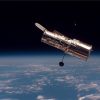 Looking UP: Space-Based Satellites That Feed our Fascination with the Universe
Looking UP: Space-Based Satellites That Feed our Fascination with the Universe 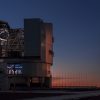 How the Very Large Telescope Uses Direct Imaging to Find Exoplanets
How the Very Large Telescope Uses Direct Imaging to Find Exoplanets 